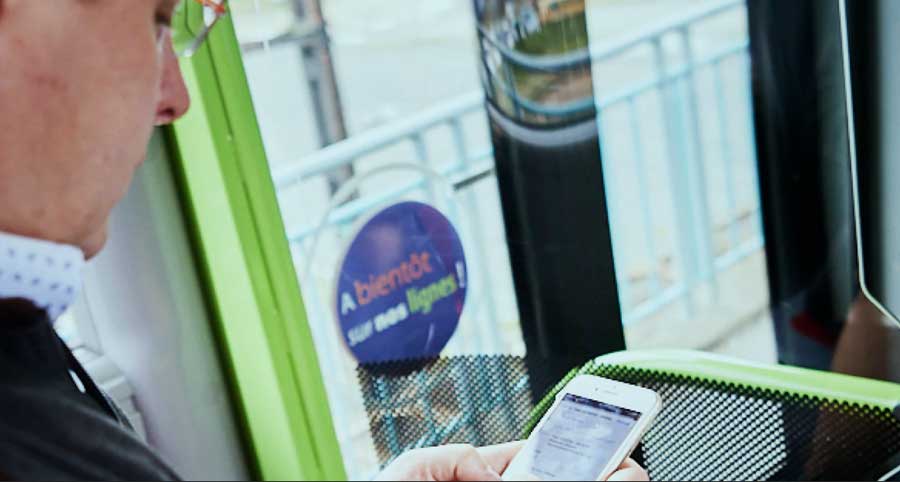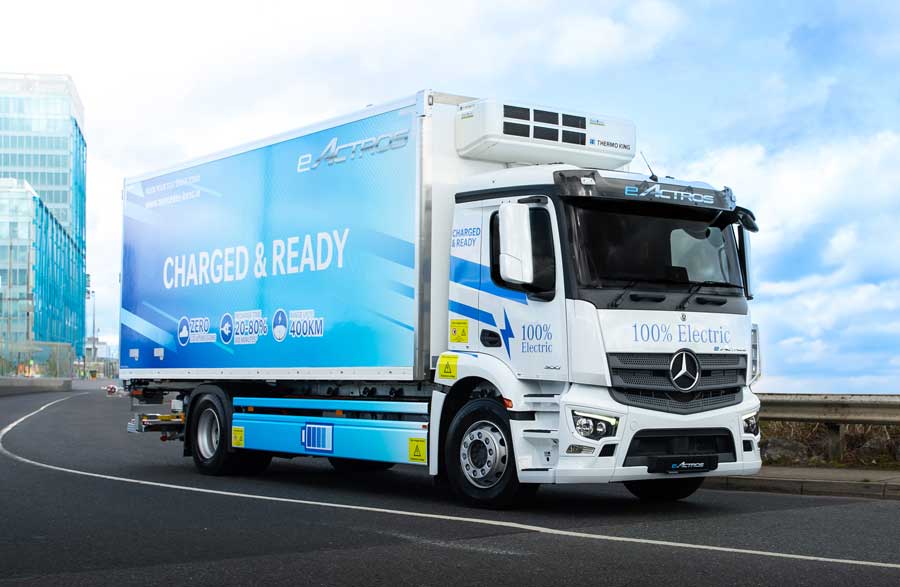On 1st March 2022, Keolis launched a new entity, Hove, a wholly owned subsidiary of the Keolis Group dedicated to the design and deployment of digital tools to boost shared mobility.
The products developed are based on analysis and processing of mobility data and aim to improve the understanding of mobility within a local region, orientate the transport offer, track its performance and facilitate the journeys of passengers.
Created out of the merger between Kisio Digital and the Kisio Services & Consulting data team, this entity brings together 110 mobility data experts of the Keolis Group. Its goal is to support public transport authorities and passengers with innovative digital products.
A new entity with expertise in mobility data
As mobility services become highly digitalised, managing and understanding data is key to implementing – and measuring – mobility policies that meet the travel requirements of every passenger.
Consequently, Keolis is integrating all activities and services dedicated to the development of digital products and tools into a single subsidiary, Hove. The pooling of talents and expertise within Hove will:
▪ accelerate understanding of mobility and passengers’ journeys within a local region;
▪ improve the quality of passenger information to make it available and accessible to the greatest possible number of people, in real time;
▪ increase the options available to passengers according to their travel criteria (time, cost, comfort, CO2, etc.).
Consisting of 110 employees from Kisio Digital and the data team of Kisio Services & Consulting, this entity targets all actors of the mobility sector, public or private, offering them digital products and tools at a time when passengers’ behaviour and expectations with regard to mobility have profoundly changed since the start of the health crisis.
Unique tools for understanding mobilities, supporting passengers’ journeys and adapting the transport offer
– Patterns: a platform designed to better analyse and understand mobility patterns within a given region, by collecting and studying anonymised GPS tracks. As a genuine local observatory of mobility, Patterns can be used to visualise all trips in a local region by transport mode/time/day/period and origin/destination, monitor changes in modal shares or characterise the catchment areas of stations, stops and points of interest. It is currently being used on several transport networks operated by Keolis in France (Rennes and Nancy in particular), internationally (United States, Europe and Australia) or directly by local authorities (City of Paris).
– Dotpulse: a tool that allows transport operators to measure the number of passengers on a transit line by collecting and processing WiFi tracks.The technology can also be used to provide passengers with a real-time indicator or a forecast of the level of crowding In Vélizy (France), the passengers of two bus routes on the Phébus network benefit from this information to plan their journeys. Other deployments are underway, notably in the United States in Boston.
– Navitia: a trip planner integrating all transport modes in real time (public transport, bikeshare services, on-demand transport, ridesharing, free-floating, etc.), displaying timetables, traffic information and next departures in real time, and making it possible to select your journey according to a variety of personalised criteria (duration, accessibility, comfort, CO2, etc.). Navitia is used by Ile-de-France Mobilités, the Euroregion Nouvelle Aquitaine Euskadi Navarra, SNCF, Tisséo (Toulouse), Ilévia (Lille), Star (Rennes), TBM (Bordeaux), STS (Sherbrooke, Canada) and 50 other transport networks. It is capable of interfacing with websites and apps and recorded 8.8 billion requests in 2021.
– Impulse: a platform that allows public transport authorities and operators to visualise a transport network’s performance. Impulse is a dynamic, visual dashboard that can be used to monitor regularity, punctuality and ridership across the whole network by mode/line/stop/weekday/hour/type of user, etc. and includes advanced features (replay). Impulse is currently being deployed in Besançon (France).










